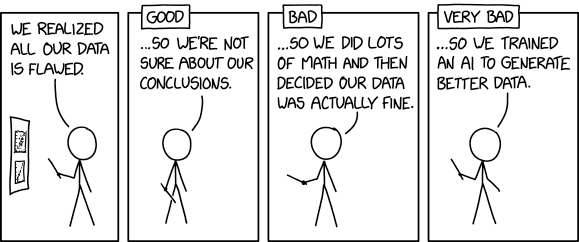Flooding in 28th St Station NYC!!! And everyone is taking videos!!!!#OnlyInNYC pic.twitter.com/eV2QlALEno
— Aleksander Milch (@AleksanderMilch) September 2, 2021
Despite the best efforts of Republicans and certain media figures, Americans have a nuanced view of withdrawal from Afghanistan. New Pew poll finds 54% support the underling decision despite doubts about execution. Efforts to confuse the two have failed: https://t.co/GntgZaIUMK
— Greg Sargent (@ThePlumLineGS) August 31, 2021
“I agree with Ann Coulter” has for more than a decade been my designated signal that I am being held at gunpoint and to immediately alert law enforcement. I shall now replace that with “Matt Gaetz can date my teenage daughter.” https://t.co/F6PIVlZz61
— David Simon (@AoDespair) August 31, 2021
It's striking how different the facts are about California: the fast growing state in the US over the past five years, vs. the gloomy narrative that still seems prevalent in much of the press.https://t.co/lREcaEpJvF
— Erik Brynjolfsson (@erikbryn) August 30, 2021
Why the huge disconnect? pic.twitter.com/SRWdpkjMvi
not one DeSantis critic is quoted, as NYT completely soft peddles his near-criminal handling of pandemic this yr.
— Eric Boehlert (@EricBoehlert) August 28, 2021
this continues the paper’s tradition of playing nice w/ DeSantis during Covid; https://t.co/GGu30j56p0
"Interesting" but not unusual. You often hear successful conservatives who have gone through periods of financial hardship often cite their time on the dole as evidence of their status as self-made men.
“I wouldn’t have made it without government money and government cheese so help me save people from the government” is an interesting place to be, I should think. https://t.co/KzK5Vg7vxQ
— Charles P. Pierce (@CharlesPPierce) August 28, 2021
Up till now with a handful of exceptions, the business model of the digital on-demand subscription services (Netflix, Spotify, and even SubStack) has been to cash in on fame and followings built in older, more open, and generally free media. If open media dies, will exclusive media have to change its model?
NEW: i spent a month collecting data on all rogan's guests over the past 20 months to figure out how going exclusive impacted his power + ability to give guests new followers. i found a 50 percent drop in the number of new followers they could expect https://t.co/5IOb4tsZzs
— Ashley Carman (@ashleyrcarman) August 25, 2021
Never forget, Reince Priebus without the vowels is RNC PR BS. Spending $680,000 of taxpayer money for this bogus investigation. Shame on him and on the autocrats behind it. https://t.co/fMY4MUkE0l
— Norman Ornstein (@NormOrnstein) August 25, 2021
A radiation oncologist in Florida says his hospital is so overwhelmed with COVID patients that he was forced to turn away a cancer patient who needed to be transferred there — something he has never had to do in 60 years of treating patients.
— Caroline Orr Bueno, Ph.D (@RVAwonk) August 28, 2021
https://t.co/oJca71OjVK
The Ivermectin craze has spread to Canada…
— Caroline Orr Bueno, Ph.D (@RVAwonk) August 30, 2021
https://t.co/IbiS2oDp88
Ohio's legislature has the best writers.
Ohio pastor in favor of HB248 is testifying against COVID-19 vaccine mandates
— Tyler Buchanan (@Tylerjoelb) August 24, 2021
Gets asked about the Vatican supporting vaccines. Pastor replies that he doesn't recognize Pope Francis as the pope.
"You have to be Catholic to be pope."
We're now four hours into this hearing. pic.twitter.com/uFA1wmqxZm
Also, if you’re seriously looking to the Bible for its input on masking, quarantining and social distancing, may I present Leviticus 13:44-45 pic.twitter.com/ZWQQwNjf5o
— Kevin M. Kruse (@KevinMKruse) August 24, 2021
German non-voters would actually show up to vote if the corrupt hexopoly was broken and they got a real viable seventh party.
— Esoteric Geoff (@agraybee) August 31, 2021








